The past few weeks have seen the vast majority of us confined to a much smaller area than usual, and even with a new routine of responsibilities to juggle between home, work and family, it’s likely that life has contained more stillness and quiet than we would have previously experienced or even sought. And there has been some solace in this observation of the growing season.
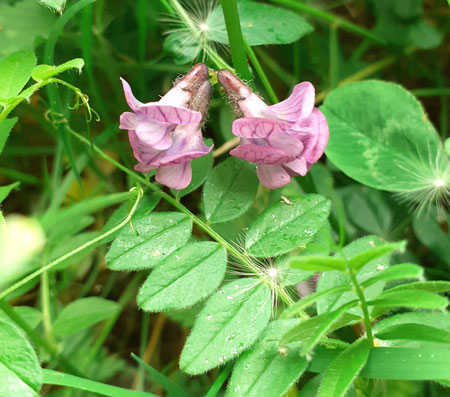
Bush Vetch Vicia sepium
We will have heard more birdsong in the mornings and evenings, replacing the usual vehicles leaving, arriving and passing. If we’re lucky enough to have a garden, we may have been spending much more time there—either tending plants, beds & lawns, or simply escaping to it to enjoy the beautiful weather and respite from the crisis. And on exercise walks in our local area, we may have noticed more the bursting of leaf-buds, the opening of blooms, and the emergence from walls, paths and verges of wildflowers and.. weeds?
(…) here’s a question—what is a weed? Is there in fact any such thing?
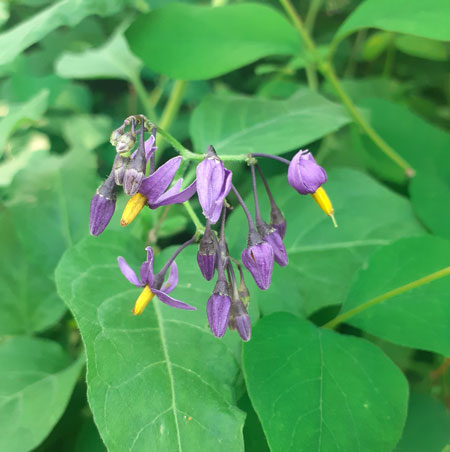
Bittersweet Solanum dulcamara
So on the International Day for Biological Diversity—’biodiversity for short, which simply means the variety of living things on earth, here’s a question—what is a weed? Is there in fact any such thing? Or is ‘weed’ simply a label we tag on an unwanted plant, out of place in the spaces designed for human uses? Of course we need to keep an eye that our crops are not overtaken by hungry invaders, and must prevent invasive species from choking our woodlands and riversides (and of course, a Botanic Gardens must keep its collection of delicate exotics safe from hardy interlopers). Perhaps now we should allow them some of this space, rather than devoting so much time and energy, and costly and polluting resources, to their removal.
Allowing wildlife to flourish, however, helps build resilience into our ecosystems, which we are a part of, not apart from.
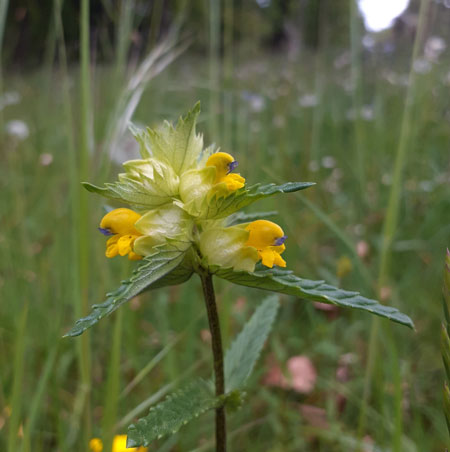
Yellow Rattle Rhianthus minor
For we have already seen this year, and tragically, that we cannot control nature. Allowing wildlife to flourish, however, helps build resilience into our ecosystems, which we are a part of, not apart from. These ecosystems provide us with such diverse services such as clean air and water, soils and pollination for crops, medicines and inspiration, and a host of regulatory functions. Pest and disease regulation is one of these. And a healthy biodiversity underpins all ecosystems.
As we examine the frailties of our own society and systems in a time of crisis, perhaps we can even take inspiration from the determination of weeds.
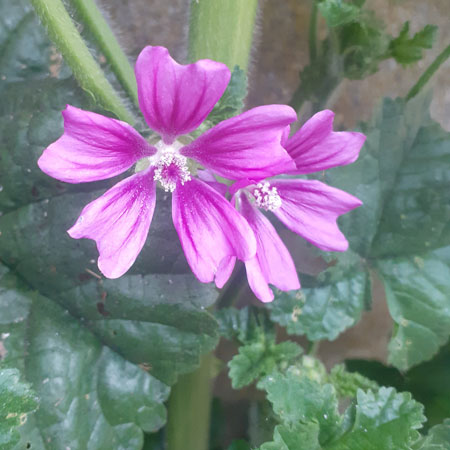
Common Mallow Malva sylvestris
In recent weeks while the Gardens were closed, we’ve shared with you some of the wildflowers gracing our parks, streets and hedgerows. Many of these would be classed as weeds, but they provide not only a foundational block of our entire ecosystem, but are the ancestral forms of many the plants we rely on for food and medicines, fuel and fibre, beauty and colour. And we can surely agree that as well as sharing some of this beauty, the ranks of weeds demonstrate remarkable tenacity and resourcefulness, requiring no tender hand to survive but establishing themselves and clinging on in the most apparently inhospitable habitats, and in doing so providing a lifeline for the pollinators we all rely on. As we examine the frailties of our own society and systems in a time of crisis, perhaps we can even take inspiration from the determination of weeds.

Cookoo Flower Cardamine pratensis
So as we spend more time in parks and gardens, and the heads of red & white clover emerge from the lawn, or daisies and dandelions appear in beds & borders, let’s have a thought and ask ourselves:
is this a weed to be eradicated, or something we can live with?
Written for International Day of Biodiversity: 22 May 2020
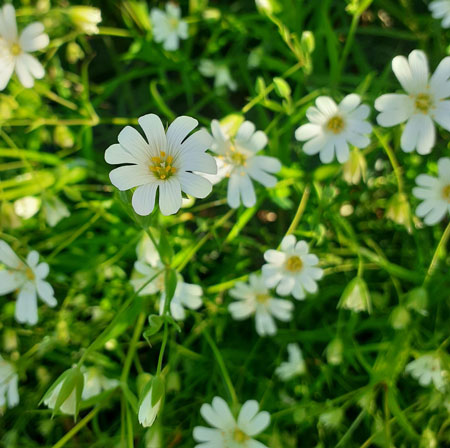
Greater Stitchwort Stellaria holostea
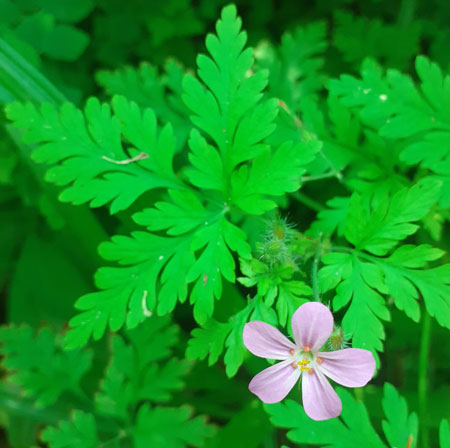
Herb Robert Geranium robertanium
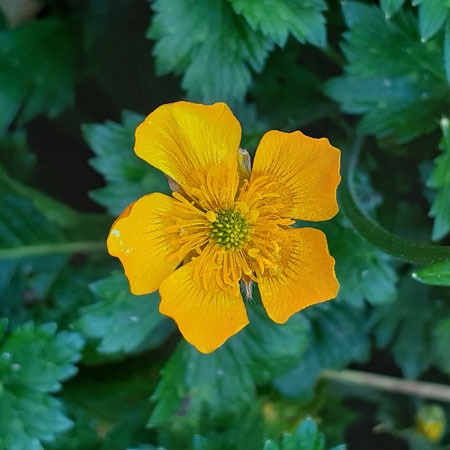
Meadow Buttercup Ranunculus acris
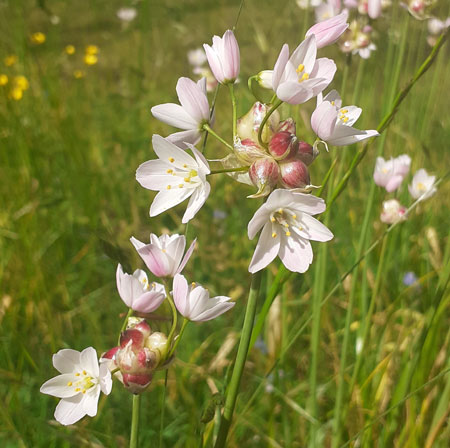
Rosy Garlic Allium roseum
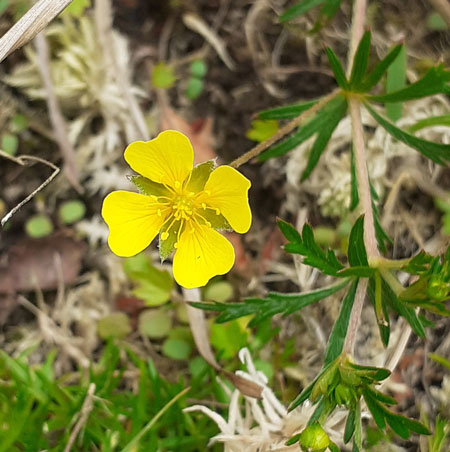
Tormentil potentilla erecta

Yellow Archangel Lamiastrum galeodolon
